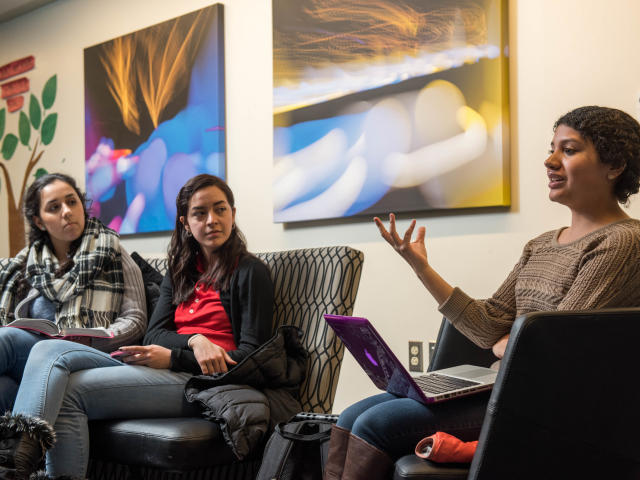
In the ever-evolving landscape of healthcare, rehabilitation has emerged as a frontier where technology and therapy converge to redefine the possibilities of recovery. As we stride into an era marked by innovation, the synergy between cutting-edge technologies and traditional therapeutic approaches is reshaping the rehabilitation landscape. This article explores the groundbreaking innovations that are transforming rehabilitation, offering new hope and enhanced outcomes for individuals on the path to recovery.
The Rise of Technological Marvels in Rehabilitation
1. Virtual Reality (VR) Therapy
Virtual Reality has transcended its gaming roots and found a profound application in the field of rehabilitation. VR therapy creates immersive environments that facilitate motor skills development and cognitive functions. Patients can engage in simulated activities that mimic real-world scenarios, enhancing their physical and mental resilience.
2. Robotics for Rehabilitation
Robot-assisted therapy is at the forefront of technological innovations in rehabilitation. Exoskeletons, robotic limbs, and assistive devices aid individuals in regaining mobility and strength. These technologies not only provide physical support but also collect data to personalize rehabilitation programs, ensuring a tailored approach for each patient.
3. Wearable Technology in Rehabilitation
From smart sensors to wearable devices, technology has become intimately integrated into rehabilitation. Wearables monitor vital signs, track movement, and offer real-time feedback to both patients and healthcare providers. This data-driven approach allows for continuous assessment and adjustment of rehabilitation strategies.
The Human Touch: Advancements in Therapeutic Approaches
1. Neuroplasticity and Brain Stimulation
Understanding the brain’s remarkable ability to rewire itself, therapists are employing neuroplasticity-focused interventions. Brain stimulation techniques, such as transcranial magnetic stimulation (TMS) and transcranial direct current stimulation (tDCS), are being utilized to enhance neural connections and expedite recovery.
2. Personalized Rehabilitation Plans
No two individuals have the same journey to recovery. Recognizing this, rehabilitation specialists are increasingly adopting personalized treatment plans. Through thorough assessments and leveraging technology for data analysis, rehabilitation programs are tailored to address the specific needs and goals of each patient.
3. Integrating Mindfulness and Mental Health Support
Rehabilitation extends beyond the physical realm; it encompasses mental and emotional well-being. Therapeutic approaches now include mindfulness practices and mental health support, acknowledging the intricate connection between the mind and the body in the recovery process.

The Future of Rehabilitation: A Harmonious Blend
The future of rehabilitation lies in the seamless integration of technology and therapy, creating a symbiotic relationship that maximizes the potential for recovery. As innovations continue to emerge, the boundaries of what is achievable in rehabilitation are expanding. If you are seeking a source of inspiration and guidance about innovations in rehabilitation, you can find more details here!
Conclusion
Innovations in rehabilitation are not just about embracing the latest gadgets; they represent a paradigm shift in how we perceive and approach recovery. The fusion of technology and therapy empowers individuals on their journey to reclaim their lives after injury or illness. As we witness the transformative impact of these innovations, it becomes clear that the future of rehabilitation is brighter than ever.
